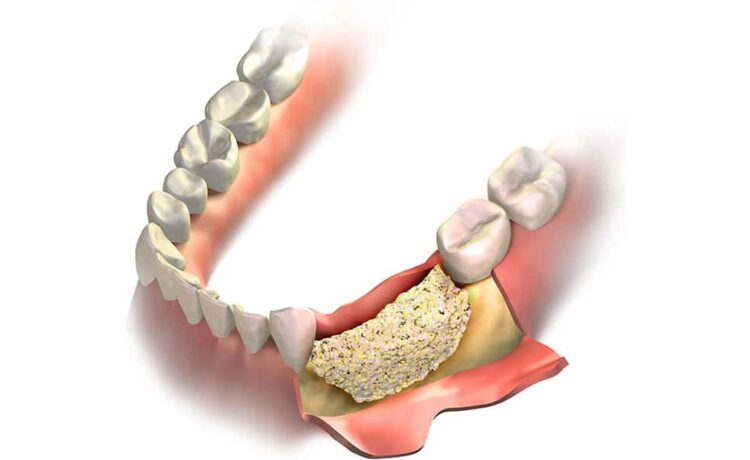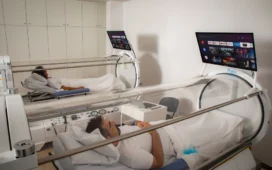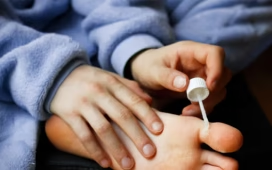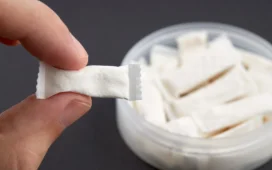Dental implants are a great way to replace lost teeth. They work and look like real teeth, giving you back your confidence and a healthy bite.
What if, though, there is not enough jawbone left to make an implant stable? This is where guided bone regeneration (GBR), a new and innovative method, comes in.
A dentist Rancho San Diego can help you figure out if you can get tooth implants and GBR. They will also be able to explain what will happen during the surgery and while you are healing.
The challenge of missing bone and missing implants
The bone in our jaws naturally shrinks when we lose teeth. Because of this shrinking, it may be hard or impossible to put in tooth implants safely.
For implants to work right and last a lifetime, they need a strong base of bone. If there is not enough bone, the implant might not be solid and could fall out.
Guided Bone Regeneration builds a foundation for implants
GBR is a surgery that helps rebuild bone in the jaw where it is needed. A special protective layer and sometimes bone graft materials are used to make room for new bone to grow. How it works:
- Making space: To get to the jawbone, the dentist makes a small cut in the gum tissue.
- Shaping the bone: Any bone that is still there is carefully shaped to make the best base for the implant.
- The barrier: A flexible covering is put over the broken bone. This special barrier blocks faster-growing soft tissue cells from taking over, like a fence that only lets bone-forming cells in.
- The building block (optional): The Building Block Bone transplant material is sometimes used to fill in the hole and help new bone grow. These materials can be man-made (allogenic bone graft), your own bone (autogenous bone graft), or gift bone that has been processed.
The applications of Guided Bone Regeneration and how it gives you more options
GBR is a flexible process that can be used to help put implants in a number of cases, such as:
- Ridge augmentation: When you lose a tooth, the ridge of your jawbone may get thinner. GBR can replace the ridge across the width of the tooth to give the implant a bigger base.
- Sinus lift: When you lose a tooth, your sinuses may sometimes grow into your upper jawbone. This is called a sinus lift. GBR can help raise the floor of the sinuses so that an implant can be put in the upper mouth.
- Socket preservation: As soon as a tooth is pulled out, bone loss can start. GBR can be used to keep the hole in place and stop the bone from shrinking, which will make it easier to put in an implant in the future.
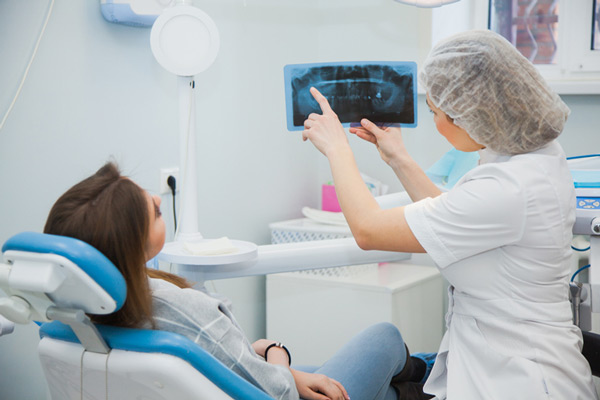
Who can benefit from Guided Bone Regeneration?
If you are missing teeth and thinking about getting dental implants, GBR might be a good choice if you:
- Do not have enough jawbone to place an implant securely.
- Want the best possible look for your implant-supported restoration?
- Need to keep the jawbone healthy after pulling a tooth so that implants can be put in later.
The success rates and recovery
GBR is a very effective treatment that has a high success rate for bone repair. Recovery time depends on how complicated the surgery was, but for a few days, you should expect some swelling and pain. Your dentist will give you clear directions on how to deal with pain and heal properly.
Are you considering Guided Bone Regeneration?
If you want tooth implants but are worried about the health of your jawbone, talk to a dentist who has done GBR treatments before. They can look at your unique case and tell you if GBR is the best way to reach your health goals. Remember that a good base is very important for tooth implants to last and work well.

